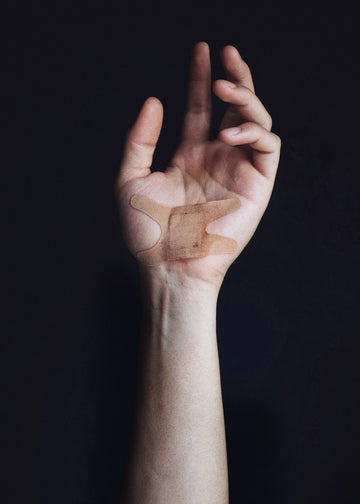First aid for cuts and lacerations
Posted by Tia Patel | Dec-10-2020

First aid for cuts and lacerations
Posted by Tia Patel | Dec-10-2020
Cuts from a sharp knife or a piece of glass are very common. All it takes is a slip of the knife or a dish breaking, and suddenly there’s blood. However, while these types of cuts are startling, most can be safety treated at home. Read on to find out how to heal wounds naturally with our step-by-step guide to home care for minor wounds.
Wounds can become infected with harmful germs (bacteria) which prevents healing. It also increases your risk of scars. In some cases, the infection may spread to other parts of your body. An infection with the bacteria that causes tetanus can be fatal. Know what to look for and get prompt treatment for infection!
What are the symptoms of infection?
A person with a wound should seek medical attention if:
Seek urgent medical attention if blood is spurting from the wound or if applying pressure to the wound does not stop the bleeding.
Remember to always keep your hands clean when treating cuts and grazes. Sending you cut healing powers!
#TeamGPD
Are you 18 years old or older?
Sorry, the content of this store can't be seen by a younger audience. Come back when you're older.



